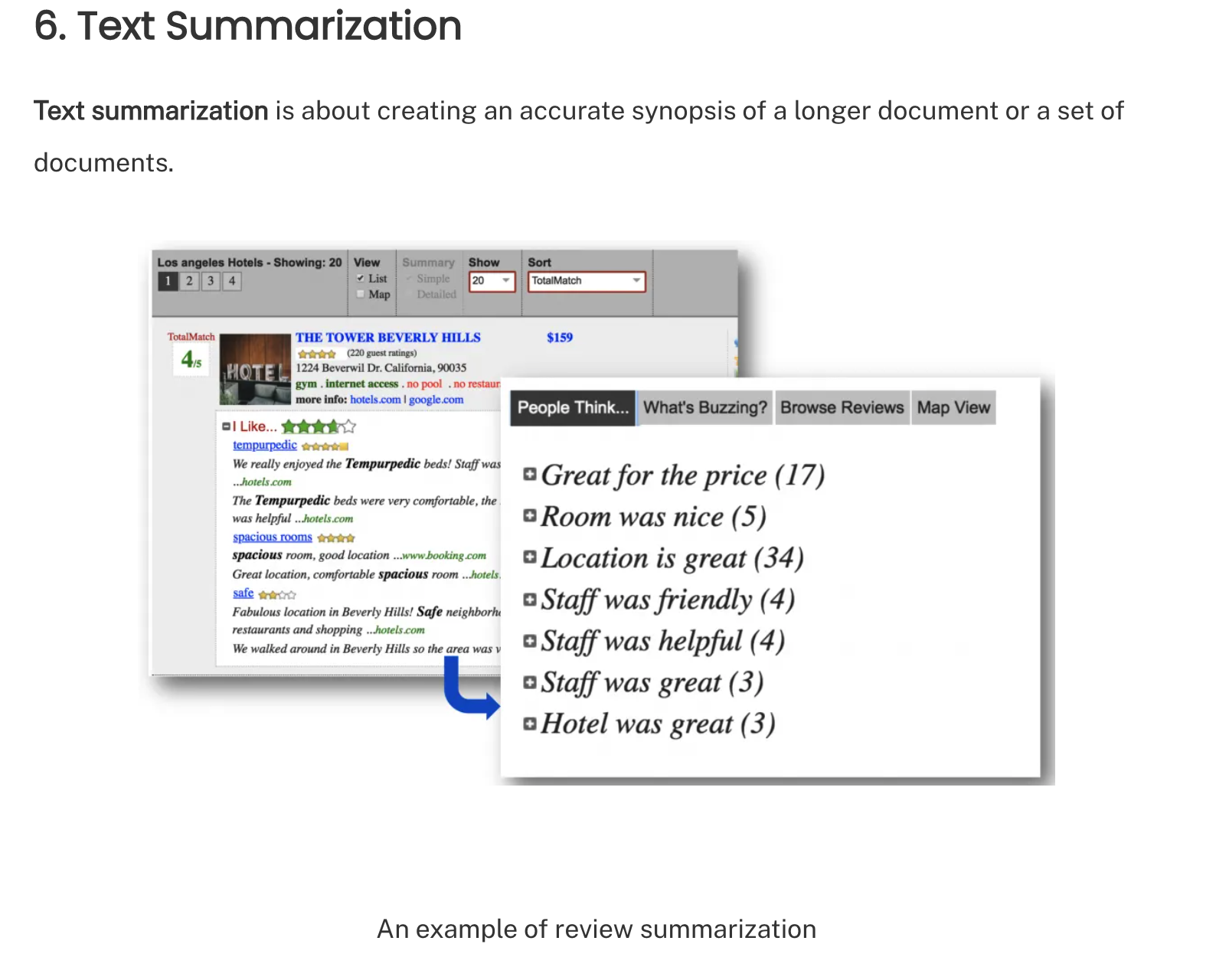
When it comes to software automation, many teams turn to AI as their potential answer.
AI in the form of machine learning or NLP may be an excellent solution to a problem. But did you know that the best way to start AI initiatives is to start with no AI at all?
This may seem counterintuitive, but there’s a simple reason for it.
It’s because you may not be ready for AI as a solution. There could be several missing elements that’ll prevent you from seeing success with AI if pursued prematurely.
When it comes to AI, it’s not far-fetched to say that several critical stars need to align to get results from initiatives from a usability perspective.
Let’s look at the reasons why it may be wiser to hold off on AI than to start with it and hit roadblocks and, later, tips for how you can eliminate those roadblocks.
Why it’s Wiser to Hold Off on AI
1: You don’t yet understand the problem you’re solving
Typically, when you’re trying to solve an existing problem with AI, the input, and the desired output are often well understood. You may be looking to AI to improve the accuracy of the existing solution or the speed of completing tasks.
But from my experience, a large number of problems that engineering teams and entrepreneurs are solving today are new problems. The problems are weakly defined, and you may not fully understand what your expected output is, let alone what you’re input into the system would be.
Take the problem of sentiment prediction. Do you know if you’re looking to predict broad overall sentiments (e.g., positive or negative) or more granular ones like 10% anger and 90% sadness on some given text? Are you looking to feed in paragraphs of text or just a single sentence or short snippets?
Yes, this is a design problem. And the right design comes from a good understanding of the problem. Without it, you’ll be battling many design dilemmas. Such design issues, along with the complexity of developing the AI systems, may require you to constantly revamp models to address design changes, introducing confusion and reducing your chances of success with AI.
2: You may not have the necessary data
As I repeatedly talk about in my book, AI systems demand data. It’s not just data for training models but also data to better understand the problem you’re solving and the expected output from the system.
Often, when you have a brand new problem, this data is non-existent. Even for old problems that are being manually solved, the data may not exist or may be available in a non-accessible format. This is exactly what happened with a healthcare client. They were performing a billing annotation task for over eight years, but when came time to automate the process, the data just wasn’t there.
Without the right type of data, you won’t really know what problem you’re solving, let alone train a model.
3: Your users may be skeptical of automation
Let’s face it. People are suspicious of AI, especially those who don’t know what it is and the current state of its capabilities. The moment you talk about automation within employee workflows, some will get uncomfortable and anxious and start to worry about being replaced by the “AI race.”
People are also used to their preferred way of doing things. They worry about how their current “efficient” workflow will be affected by the integration of AI. Some think this new AI thing is just a gimmick. This is the exact problem I faced with the healthcare client I mentioned earlier. While the CEO was very enthusiastic about integrating AI in one specific workflow in their business, the employees were not enthusiastic and made that clear.
The problem with resistance to using AI is that people may not perceive the solution to be a long-term one. Further, subject matter experts who are suspicious of the automation idea may not be willing to help co-develop a working AI solution, as was the case with my healthcare client. Additional education, training, and buy-in were required to get them to see why automation would make their lives easier. Without customer buy-in, no matter how impressive the AI solution, its existence will be short-lived.
So, what to give?
Forcing an AI solution on people will not work…in the long term.
Starting an AI initiative without data will ensure you hit a dead end.
An ill-defined problem will require that you redesign your AI tool over and over again, and this can be expensive.
What can you do?
3 Tips for Handling AI Non-Readiness
Even if you’re not ready for AI today, here are three things you can do to eventually see significant benefits from AI for the problems you’ve been struggling with.
1: Start with a manual or semi-automatic approach
If your users are receptive to AI, but you don’t have the data to support the initiative, or you don’t quite understand what problem you’re solving, consider starting with a manual approach.
This means you put together a small team (e.g., virtual assistants for non-domain-specific problems) and have them manually execute the tasks while also storing the data from the manual execution.
Alternatively, if the workload is extremely high, you can consider automating the task with a less-than-ideal software automation to bring in some level of control to the task.
For example, if your virtual assistant is expected to analyze thousands of images to spot a stop sign. But you know that images with specific color distribution will not have a stop sign with 99% certainty. You can develop a simple software script to weed out such images from review, reducing the workload of your virtual assistants. There are many such possibilities to integrate simple software automation before introducing AI.
Why does this work?
- You can easily change the design of your solution until you’re comfortable.
- You can keep changing the type of data you’re collecting
- You can generate high-quality data for machine learning down the road
- You can establish baseline metrics, which you can later compare with an AI-powered solution
2: Collect data efficiently
If your only problem is the lack of data to develop your AI solution, there are ways to do this efficiently without completely spawning out a full data strategy.
I will not get into this in-depth in this article, as you can read my article where I talk about strategies for generating data for your machine learning projects.
3: Remove adoption fears
If your problem is well understood and you have the necessary data, but users want nothing to do with an automated solution, there’s much work to do on the cultural side of things.
You’d need to think about how to get buy-in from users, who may be your employees, customers, or even vendors.
The way to approach this is first to ask them what they think about automating specific tasks. If you sense resistance, you’d want to understand their worries and fear. This will give you a sense of what your emphasis would be when you’re trying to “sell” them a solution.
If the worry is fear of job loss, you can show employees how the nature of their work will change or be simplified with the integration of AI.
If the fear is potential rigidity in workflows, you can educate users about how you’re not just developing a solution in the dark but rather co-developing one with them (the users) to ensure that they’re happy with it and it’s truly solving a pain point.
Why does this work?
- By actively removing fears and seeking feedback, you’re fostering collaboration.
- The more collaboration between potential consumers of AI, business stakeholders, designers, and developers, the better the solution and the higher the chances of AI adoption.
Last Word
As you’ve seen in this article, although your business problem may be a good candidate for AI, you may not be ready to start with AI.
There’s a high likelihood that you lack the data for the initiative, may not understand the problem well, and your users may not be ready for an automated solution. The workaround to this is not to start with AI—but to start without it. Solve the foundational issues using simple but effective approaches.
That’s all for now.
To Keep Learning From Me:
- Join my AI Integrated newsletter, which clears the AI confusion and teaches you how to successfully integrate AI to achieve profitability and growth in your business.
- Read The Business Case for AI to learn applications, strategies, and best practices to be successful with AI (get 3 free chapters here).
- Send me a message for a more customized roadmap and AI strategy for your business





